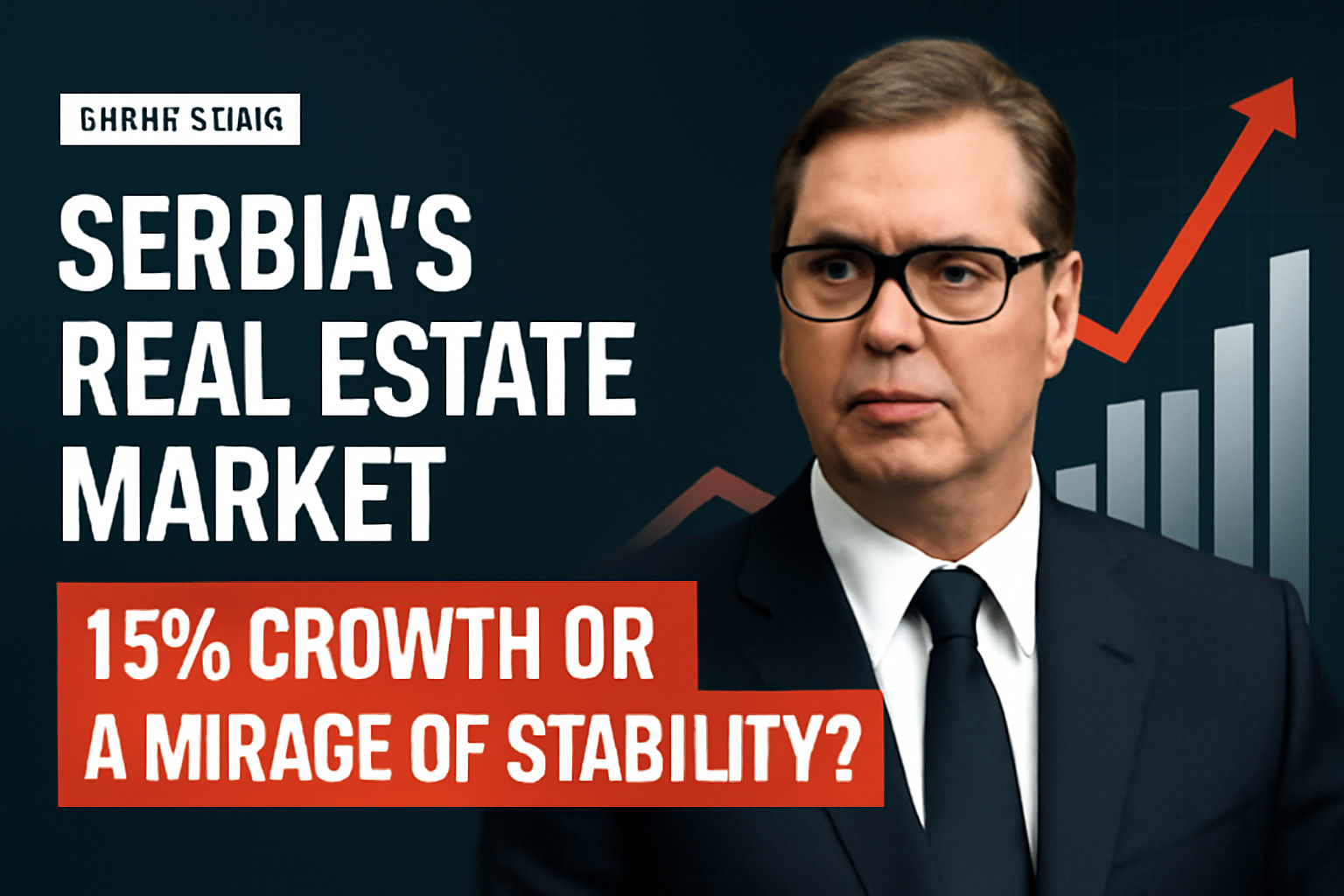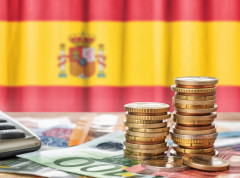Serbia’s Real Estate Market: 15% Growth or a Mirage of Stability?
Is Serbia’s real estate market truly booming, or are the numbers just fooling us? The Republic Geodetic Authority (RGZ) announced that the value of real estate transactions in Serbia in 2023 increased by 15%, reaching a whopping 7.4 billion euros. Sounds great, right? But let’s dig deeper.
Regulated Market Dominates
A massive 75% of the total transaction value comes from the regulated market, which grew by 1.2 billion euros compared to last year. This means the regulated market’s value reached 5.6 billion euros, accounting for 86% of all contracts signed. The highest number of transactions was recorded in Novi Sad, while the largest volume of money was transacted in Belgrade.
Partially Regulated Market is Falling
But not everything is rosy. The partially regulated market, which makes up 25% of the total value, dropped by 7% in value and 1% in the number of contracts. This is the first time a decline in activity has been recorded in this segment. The majority of contracts in this segment are still in Belgrade, where the highest transaction value was also recorded.
Is the Market Really Stable?
Although RGZ claims that Serbia’s real estate market has a stable dynamic and that measures to improve legal security are yielding results, the decline in the partially regulated market casts a shadow of doubt. Is this a sign that something is changing at the market’s core? Are investors and buyers truly safe, or are problems lurking beneath the surface?
Prices and Availability
In some parts of Serbia, like Ivanjica, Mladenovac, and Negotin, real estate prices are half those in bigger cities, which might be an opportunity for buyers but also indicates uneven market development. On the other hand, prices in Belgrade and Novi Sad continue to rise, putting additional pressure on buyers.
Conclusion: Is the Market Growing or Just the Numbers?
Is this 15% growth real, or is it just the result of the regulated segment dominating the market? The decline in the partially regulated market could be a warning sign for the future. If we don’t pay attention to these changes, we might face problems with availability and legal security of real estate.
In any case, if you’re planning to buy or sell property, don’t rely solely on the numbers. Check all the details, consult experts, and don’t let pretty statistics fool you. What do you think? Is Serbia’s real estate market really on the rise, or is it just a mask for deeper problems? Drop a comment and let’s see who’s the optimist and who’s the realist!









